The intricate relationship between acupoint stimulation and the release of endorphins has long fascinated researchers and practitioners in both traditional and modern medicine. This connection bridges ancient healing practices with contemporary neuroscience, offering a compelling narrative about how physical touch can influence biochemical processes in the body. The mechanisms behind this phenomenon are complex, yet they reveal profound insights into the body's innate ability to modulate pain and promote well-being.
Acupressure and acupuncture, two cornerstone practices of Traditional Chinese Medicine (TCM), operate on the principle that stimulating specific points on the body can restore balance and facilitate healing. These points, often located along meridians or energy pathways, are believed to correspond with various organs and systems. Modern studies suggest that the stimulation of these acupoints triggers a cascade of physiological responses, including the release of endorphins—natural painkillers produced by the central nervous system.
Endorphins are neurotransmitters that bind to opioid receptors in the brain, reducing the perception of pain and inducing feelings of euphoria. Often referred to as the body's "feel-good" chemicals, they play a crucial role in stress relief, mood regulation, and pain management. The release of endorphins through acupoint stimulation provides a scientific basis for the analgesic effects reported in both clinical and anecdotal evidence. This biochemical response helps explain why techniques like acupuncture can alleviate chronic pain conditions where conventional treatments sometimes fall short.
Research has shown that needle insertion or pressure applied to acupoints sends signals to the brain via sensory nerves. These signals activate the hypothalamus and pituitary gland, which in turn stimulate the production and release of endorphins. The process mirrors the body's natural response to stress or injury, where endorphins are released to mitigate discomfort. However, unlike acute pain scenarios, acupoint stimulation appears to induce this response in a controlled manner, offering therapeutic benefits without the need for invasive procedures or pharmaceuticals.
One of the most studied acupoints in this context is LI4 (Hegu), located between the thumb and index finger. Stimulation of LI4 has been associated with pain relief, particularly for headaches and dental pain. Similarly, the ST36 (Zusanli) point on the leg is renowned for its role in boosting energy and reducing fatigue, partly due to its endorphin-releasing effects. These points, among others, highlight the precision with which acupoint therapy can target specific ailments through biochemical modulation.
Beyond pain management, the endorphin release triggered by acupoint stimulation has implications for mental health. Conditions like anxiety and depression are increasingly linked to dysregulation in the body's stress-response systems. By promoting endorphin secretion, acupressure and acupuncture may help restore emotional equilibrium. Some studies suggest that regular sessions can lead to sustained improvements in mood, akin to the effects of exercise—a well-known endorphin booster.
The interplay between acupoint stimulation and endorphins also raises questions about individual variability. Not everyone responds to acupuncture or acupressure in the same way, and genetic factors may influence endorphin production and receptor sensitivity. This variability underscores the importance of personalized treatment plans in holistic medicine. Practitioners often adjust techniques based on patient feedback, ensuring optimal stimulation to elicit the desired biochemical response.
Critics of acupoint therapy sometimes argue that its effects are placebo-driven. However, neuroimaging studies have provided tangible evidence of endorphin release following acupoint stimulation. Functional MRI scans show distinct changes in brain activity, particularly in regions rich with opioid receptors. These findings lend credibility to the practice and encourage further exploration into its potential applications.
As integrative medicine gains traction, the synergy between acupoint stimulation and endorphin release offers a promising avenue for non-pharmacological interventions. Whether used alone or alongside conventional treatments, these techniques empower individuals to harness their body's natural healing capabilities. The enduring relevance of acupoint therapy, rooted in millennia of practice and now validated by science, speaks to its profound impact on human health and well-being.

By /Jul 14, 2025

By /Jul 14, 2025

By /Jul 14, 2025
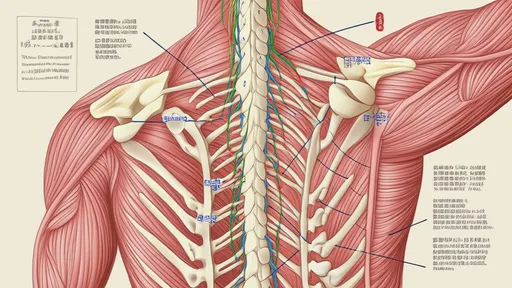
By /Jul 14, 2025
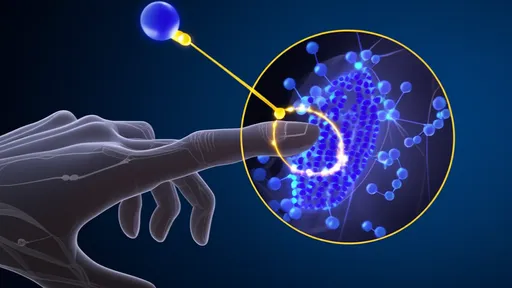
By /Jul 14, 2025
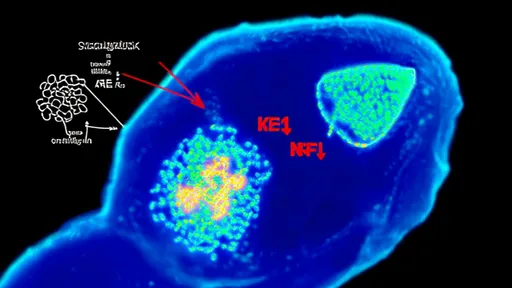
By /Jul 14, 2025

By /Jul 14, 2025
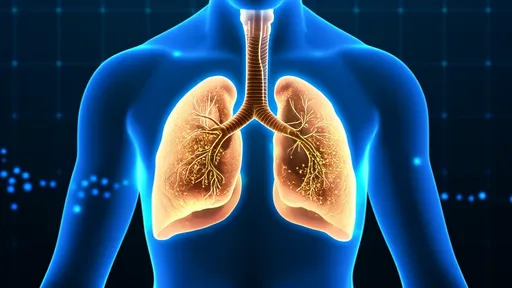
By /Jul 14, 2025
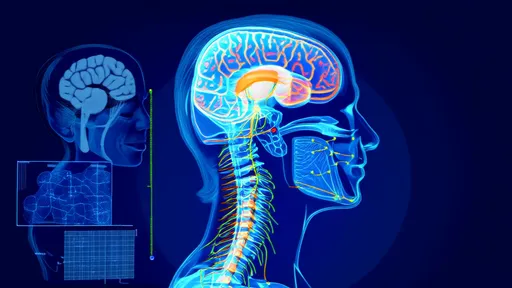
By /Jul 14, 2025

By /Jul 14, 2025

By /Jul 14, 2025
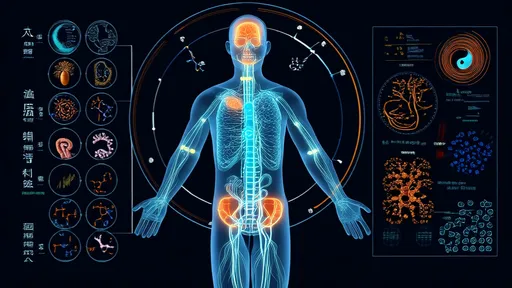
By /Jul 14, 2025

By /Jul 14, 2025

By /Jul 14, 2025

By /Jul 14, 2025

By /Jul 14, 2025

By /Jul 14, 2025
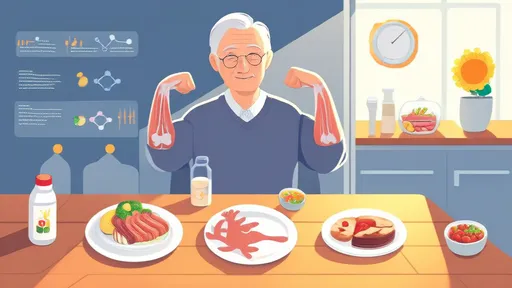
By /Jul 14, 2025